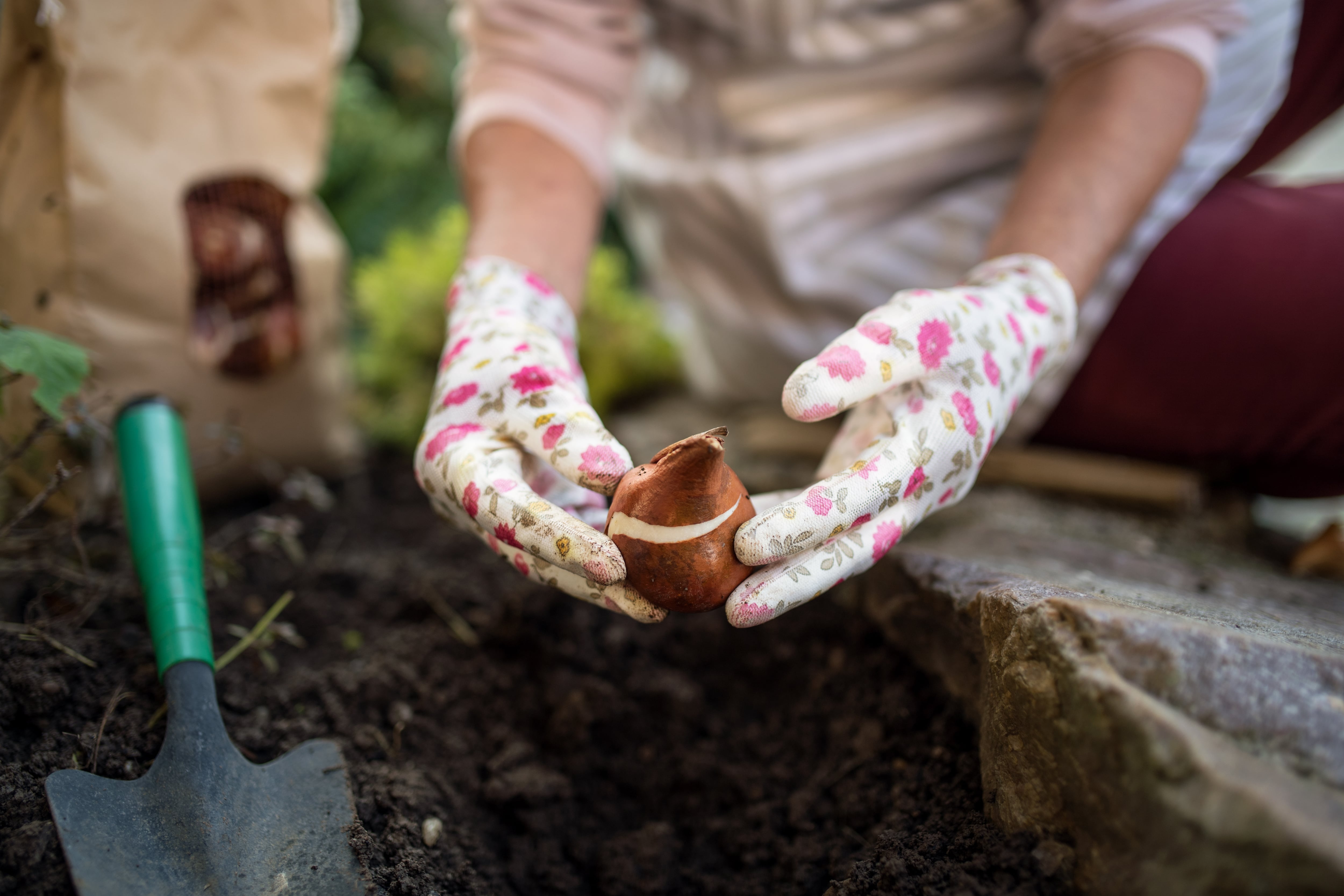Q: While I love its striking orange flowers, Crocosmia aka montbretia is starting to take over my garden to the detriment of other plants. Do you have any tips on how I might be able to control it? KR, Co Clare
A: This very decorative perennial can be seen growing in generous swathes in damp ditches, meadows and roadsides in many parts of the southwest and west coastal counties of Ireland, where its bright-green grassy foliage and tall, ember-orange flower spikes often act as a vivid counterpart to the scarlet bells of the decorative deciduous shrub Fuchsia magellanica throughout the summer and autumn months.
Amazingly, given how much these two plants have come to represent the wild, lush beauty of Ireland’s Atlantic coastline, neither is native. Instead, Fuchsia magellanica hails from South America, having originally been introduced to Ireland as a useful, salt-tolerant, resilient coastal hedging plant, while montbretia, or Crocosmia x crocosmiiflora as it’s properly known, is a hybrid of two South American species (Crocosmia aurea and Crocosmia pottsii) created in 1879 by the famous French nurseryman, Victor Lemoine.
By the early 1930s, it was already proving problematic because of its pretty but thuggish ways, and this hybrid is now classed as invasive. It mainly spreads vegetatively through its underground corms (bulb-like structures) as well as fragments of its rhizomatous root system, with each new plant capable of producing more than a dozen new corms every year.
READ MORE
Especially fond of cool, fertile, damp but well-drained soil, it can out-compete native plants and tolerates frost, shade and even being grazed. For this reason, controlling it in your garden will be an ongoing challenge and will take at least several years.
Make sure to bag corms and rhizomatous root systems and leave them somewhere to rot down rather than binning them or dumping them somewhere on-site
Weedkiller isn’t very effective in this case, as the plant’s underground corms act as a storage unit, giving it enough energy to regrow. Tempting as it might seem, using weedkiller also comes at a cost to native wildlife, not least of which is the threat it poses to any nearby streams or waterways.
[ Dried flowers enjoy a revival, thanks to InstagramOpens in new window ]
Instead, the best method of control is the most time-honoured and labour-intensive – to laboriously and repeatedly dig out as much of the plants’ corms and rhizomatous root systems as you can. Make sure to bag these and leave them somewhere to rot down rather than binning them or dumping them somewhere on-site, taking care as you do so not to accidentally spread any fragments of its root systems. The best time to do this is in early summer while the plants are in very active growth, but just before they start to flower.













